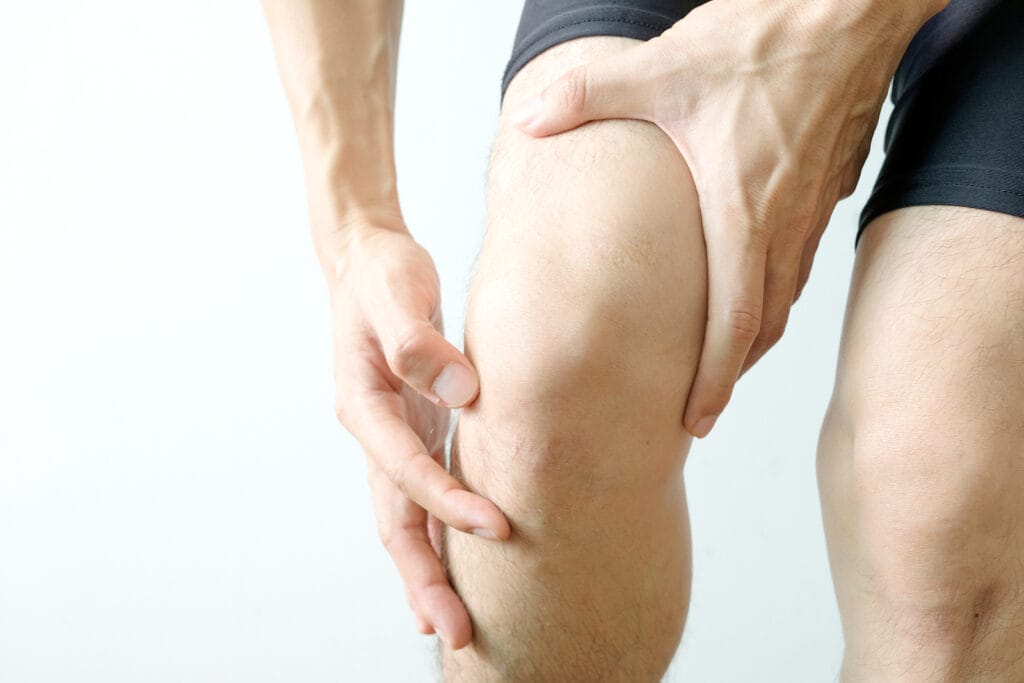
Learning how to exercise with arthritic knees is important for anyone suffering from, well, arthritis.
Sounds obvious enough, but you would be amazed how many times I meet people who stop exercising BECAUSE they have arthritis.
This is literally the last thing you want to do.
Exercise is often the only thing standing between you and going through a total knee replacement.
Oh, and guess what, if you have already had a total knee replacement guess what is crucial for your optimal recovery?…yup, exercise.
So, needless to say, exercise is a necessity when it comes to not only arthritic knees, but arthritis in general.
Now this a blog dedicated to exercising at home, not a rehab blog.
So, I might be crossing the line a little with this post, but I think it’s important, so I’m ok with it…I hope you are too.
And besides, just because you have arthritis doesn’t mean you shouldn’t be able to enjoy the benefits of exercising at home in your own gym.
Having bad knees doesn’t mean you have to give up all exercise, just means you may have to adapt a little, and that’s ok, I’m here to help.
Arthritis Is A Real Pain In The… Joints
As a physical therapist, I spend my days trying to teach folks the power of using exercise to improve strength, mobility, and function.
Exercise can be a powerful tool and I believe it’s crucial for everyone, regardless of age, size, or gender to exercise daily.
We could sit here and talk about all the health benefits of exercise for days without discussing all of them.
Let’s just agree that exercise is good for us, but what if pain in our knees makes it difficult to exercise?
I hear this all the time: “I can’t exercise because it hurts my __” (fill in the blank).
You might be surprised, but I also hear this often: “It feels better after I do my exercises”.
As a therapist, the makes sense to me (and I’m silently thinking to myself “no duh, that’s why I gave you those exercises”).
But getting people to find a way to exercise around the pain is difficult.
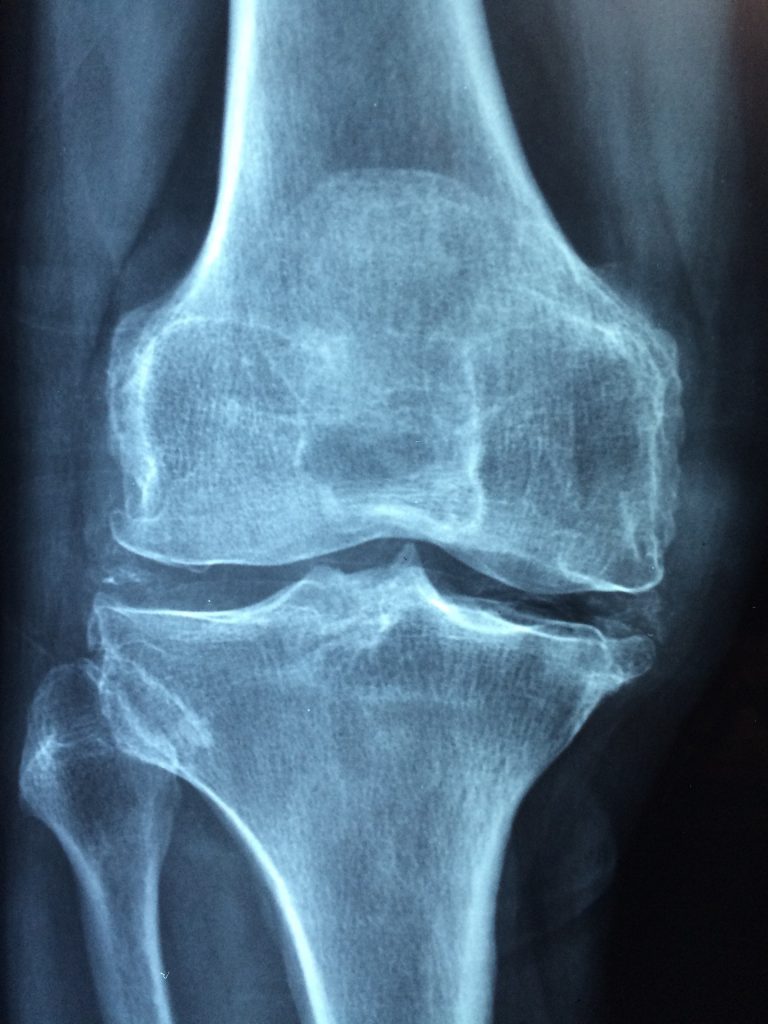
The fear of pain can be as debilitating as the pain itself.
People suffering from arthritis or other forms of chronic pain get used to everything hurting to a certain degree. The pain becomes a part of your daily routine.
Everything hurts, so, if I try to exercise, of course that will hurt (probably).
This mindset actually hinders people from participating in exercise routines, I see it every day and it can be hard to break.
But if you can break that mindset and start moving a little more, your quality of life can make drastic improvements.
Finding gentle exercises and progressing over time is the way to go. Before we get into a little more detail, I wanna make sure we are all on the same page with regards to arthritis itself.
Arthritis, or “old arthur” as many of my patients like to call it, comes in several varieties.
Typically, when someone is referring to “arthritis” they are talking about osteoarthritis.
Osteoarthritis (also known as degenerative joint disease (DJD) is a condition in which the cartilage wears down between two bones in a joint.
As the cartilage wears down, the space between the two bones becomes smaller and smaller until eventually we have the dreaded “bone on bone” situation going on.
As the bones start rubbing together, we typically are feeling pain, stiffness, weakness.
You might feel or hear popping and crunching going on in the joint.
The joint might be sore to the touch, might look or feel swollen. Think about the brake pads on your car…with time and use, the pads loose their thickness and you start noticing that the car doesn’t brake as smoothly…that’s kinda how our joints feel (I hope that makes sense, I don’t know much about cars).
As our joints lose that cushion in the middle, it becomes more uncomfortable for that joint to move.
Anyway, I want to discuss exercising for the knee joint specifically here, but arthritis can occur in any joint in the body.
Typically, if you have arthritis in your knees, you have arthritis in other places as well, but just because you have arthritis doesn’t necessarily mean you will have pain.
If you x-rayed 100 middle-aged people that were pain free, odds are 100 of them would have some signs of arthritis.
How To Exercise With Arthritic Knees
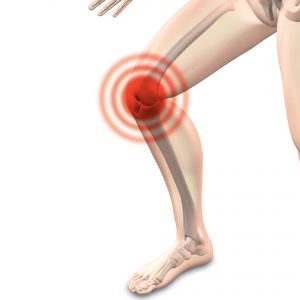
Ok, so arthritis causes the space between my joints to decrease, which leads to grinding of the bones on each other.
It does sound a little counter intuitive that moving that joint could actually help get rid of the pain. I know, I agree.
Sounds kinda crazy. But trust me, I’ll explain.
With the very basic explanation I gave above, I didn’t mention that most of our joints (the synovial ones anyway) contain fluid as well.
This fluid is called synovial fluid.
This fluid is like the oil between the cartilage of the two bones in a joint. Oh, we all agree that a joint is just where two bones meet right? Ok, good.
This fluid becomes important in arthritic knees because even though we are losing that good cartilage cushion, we can still try to take advantage of the synovial fluid that is still in there (the oil).
If you can find a comfortable way to keep your arthritic knees moving, that synovial fluid is pumped through the knee, “lubricating” the joint if you will.
I mentioned that stiffness is a common complaint or symptom with arthritis, especially in the knee.
Sitting in one spot for any length of time becomes uncomfortable, the knees are stiff and achy when you finally get up. After you start moving a little the knees gradually ease up…sounding familiar?
That’s arthritis.
The only way to get around that stiffness is to get that joint moving. Problem is, we have to find a comfortable way to get those knees moving in the first place.
I wouldn’t suggest starting the day out with some deep lunges if you are suffering from arthritis in your knees…you just aren’t going to enjoy that one.
Tips for Exercising with Arthritic Knees
- Aim for continuous, low-impact movement
- Closed chain exercise is preferred to open chain– that’s a PT way of saying keep the foot attached to a stationary surface. For example, squats are considered closed-chain and leg extension would be open chain. They just tend to be more comfortable, less stress through the knee cap, etc.
- Strengthen both quads and hamstrings evenly to stabilize the knee
- Pain level during exercise should be minimal
- Exercise should be comfortable
- Non-weight bearing exercise is a great way to reduce impact through the knee joint. Non-weight bearing basically means “not standing up”, this drastically reduces the compression through the joint. Think about it, if you have lost the “cushion” between your femur and tibia, makes sense that decreasing the weight through that area would feel better
I hope the 6 tips above make sense, I feel like I started rambling a little toward the end.
Again, this is an exercise blog not a rehab blog, sometimes I have to tell myself that, sorry.
So, how can we find a low-impact, continuous, closed chain (debatable) exercise from home that will strengthen both our quads and hamstrings (and glutes), while remaining comfortable and non-weight bearing?
The easiest way is to invest in a recumbent bike or a recumbent cross-trainer.
The Benefits Of A Recumbent Bike/Cross-Trainer
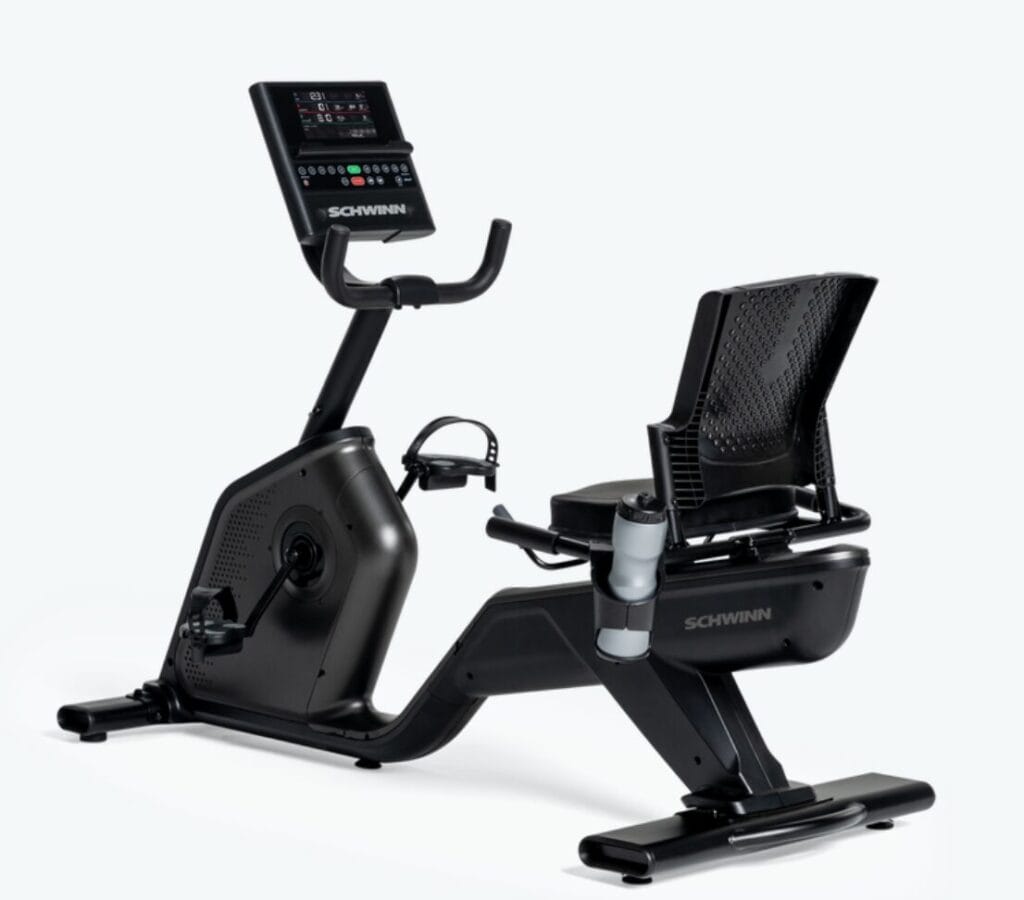
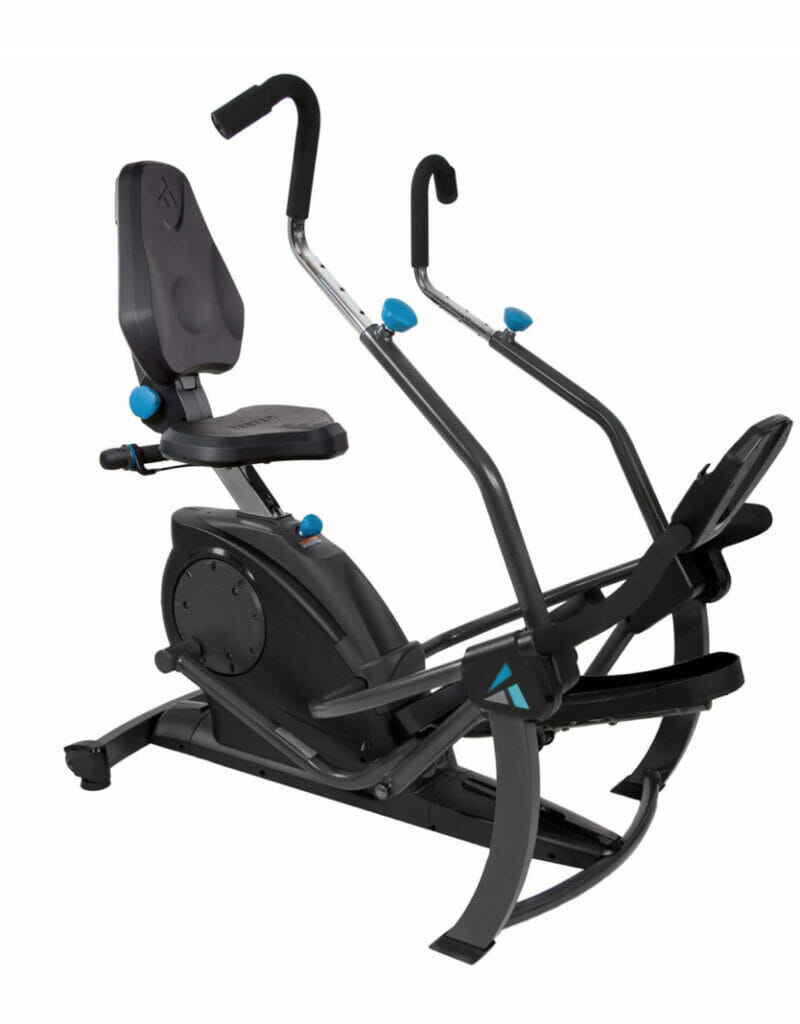
Recumbent bikes and trainers offer low-impact options of keeping your legs moving and getting your heart rate up, making them great options for folks with arthritis.
A recumbent machine is so gentle because of the angle you are pedaling at – that is, you’re recumbent.
Recumbent is just another word for lying down or reclined and being in this horizontal position automatically reduces the the amount of stress you are putting through your knees and hips.
Being in this reclined position also makes pedaling on a recumbent bike more comfortable.
One of the draw backs of a typical upright stationary bike for a lot of people is comfort.
The seats are smaller and you don’t have back support.
Remember, most people suffering from knee arthritis also have arthritis in other joints, including the back.
Pedaling on an upright bike for longer periods can become uncomfortable in the low back as well as hips.
These issues are normally resolved by switching over to a recumbent bike/cross-trainer.
Comfort is a big concern and often the excuse people with arthritis give as to why they are not exercising as much as they should.
So if using a recumbent machine takes the comfort concern off the table, there shouldn’t really be any other barriers.
And just because recumbent bikes are comfortable and low-impact on the joints, it doesn’t mean you can’t get one heck of a workout on one.
Recumbent bikes, like any stationary bike, can offer a great cardiovascular workout if you use it correctly.
And you can also strengthen your quads and hamstrings effectively, as well as your glutes to a lesser extent.
It’s important to find a machine that offers enough variability in the resistance settings to fine tune your workout.
Depending on the severity of your arthritis and your pain level, pedaling on the lowest resistance just for active range of motion (AROM) may be enough.
And you can still take advantage of the benefits by doing this- decreased stiffness, decreased pain, improved mobility.
But if you are able to tolerate it, it would be nice to gradually ramp up the resistance as tolerated to get some of the strengthening benefits.
Recumbent Bikes vs Recumbent Cross-Trainers
| Recumbent Bikes | Recumbent Cross-Trainers | |
| Low-impact | Yes | Yes |
| Seat | Reclined | Reclined |
| Pedaling motion | Circular | Linear |
| Moving handles | No | Yes |
| Price | Often more affordable | Often less affordable |
Recumbent bikes and cross-trainers are similar in that they both have you seated in a reclined position, but they differ in the pedaling motion they use.
Recumbent bikes use a traditional cycling motion for the pedals, while cross-trainers use a more linear, up/down movement (kinda like a stepper).
Recumbent cross-trainers usually have adjustable handles as well, allowing you to work your arms at the same time.
Both are very low-impact, but if we get technical, I’d say the cross-trainers are a little lower-impact than recumbent bikes.
The linear motion of the pedals tends to be a little gentler than the circular movement, so if you have really sensitive knees, you may be better off with a recumbent cross trainer.
In general, recumbent bikes tend to be a little more affordable, but Teeter’s FreeSteps prove that there are some great affordable cross-trainers out there too.
Final Thoughts
It’s time to show arthritis who’s boss.
Arthritis is no longer going to be the reason why you’re not exercising.
We never stop exercising, we just learn to adapt our exercise to our abilities because exercise is a life long journey.
We’ve discussed briefly what arthritis is and why it causes pain and stiffness in all joints in our body, especially our knees.
Now we know that movement is the best thing we can do to reduce that pain and stiffness.
We know that it’s important to find gentle, low impact movement that we can do continuously to help lubricate those joints and keep them moving more comfortably.
I think 30-45 min a day of low-impact exercise is a great goal for anyone dealing with arthritic knees.
Obviously you have to do what is comfortable and realistic for ya and you may have to build yourself up to that level.
That’s ok, goals are a good thing.
Remember also, that breaking that exercise time into 2 or 3 sessions is also fine.
For example, 15 min of biking in the morning and another 15 min in the evening still gives me a total of 30 min for the day…
Well, I think that’ll about do it.
I hope you found this article helpful and maybe even a little entertaining.
And remember, if you’re having severe knee pain see your doctor or local physical therapist before trying anything that could make you feel worse.
And never try to exercise beyond the level you’re comfortable with.
As always, if you have any questions of comments, feel free to leave ’em below and I’ll get back to you shortly


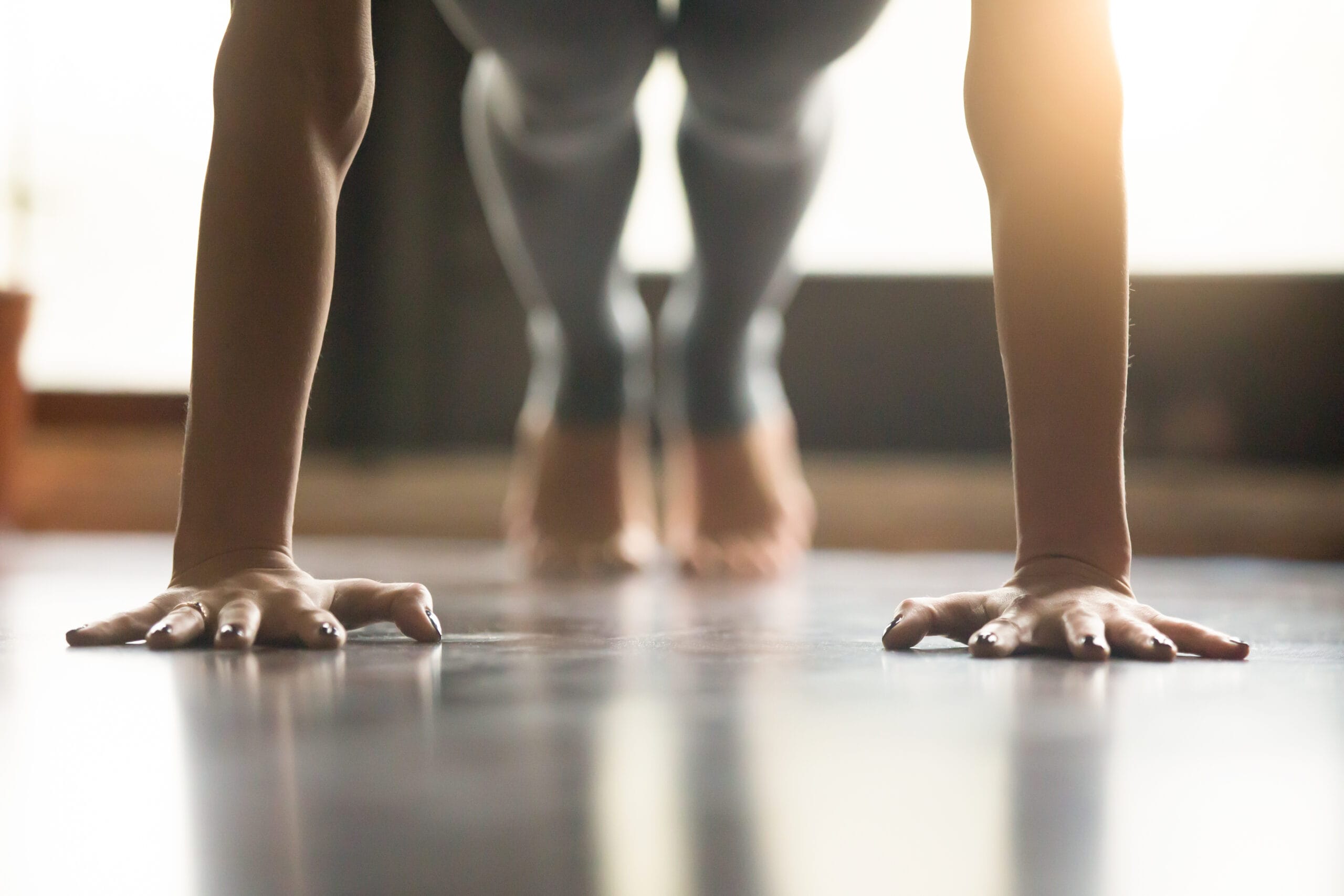
I can relate to this article. I do get pains from my knee at times. I agree, you have to power on and exercise. I do yoga, and it helps a lot!
The bike is also a great idea!
Good for you for finding a way to exercise around your pain. Yoga is awesome. I wish I was better at it but I’m pretty awful…I really should stretch more. Thanks for reading.
Timely post will,
Today is day 2 of my left knee rehabilitation program.
My program is focused on squats because I have a cage and not much else at home.
The recumbent bike looks like the ideal solution to low impact exercise and would compliment the squats very well.
It’s going to be a hard decision though, I will have to get rid of the couch to make room.
I watched a Youtube video also where a bloke made his own inverted leg press at home, looks dangerous.
Ah, I hope rehab is going well so far. Rehab for a total knee can be difficult at times, hang in there. Yea, squats are a great way to strengthen the entire leg, just be careful with your form and make sure those knees aren’t going past your toes. Ha, making your own inverted leg press…that takes some brass cahones…